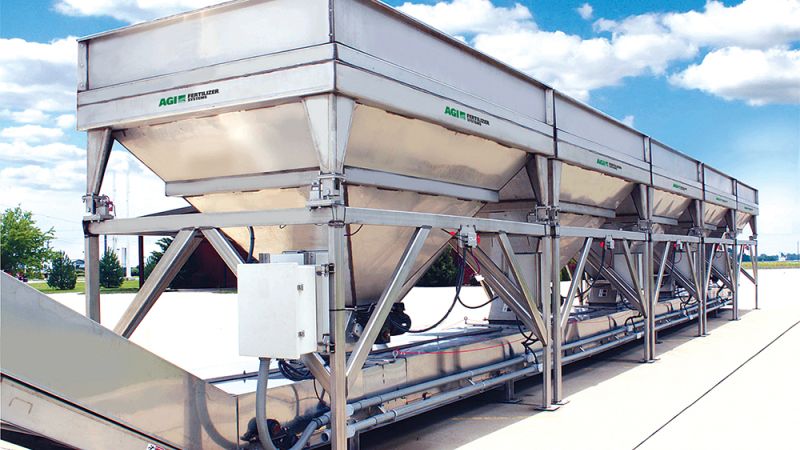6 Things To Know About Early-Season Black Cutworms
Black cutworm pheromone trap cooperators throughout Indiana have detected the insects’ arrival from southern Texas and northern Mexico where they overwinter, said a Purdue Extension field crop entomologist Christian Krupke. Here are six things you should know about this insect pest:
- The moths travel to the Midwest on warm, moist air currents from the Gulf Coast. “The direction that these weather systems move and the number of moths that are carried within them will determine if they are brought into our area and whether or not they will pose a threat to our crops,” Krupke said.
- Black cutworm moths are attracted to green vegetation for egg laying. Infestations of larvae usually appear first in weedy areas of fields. Newly hatched larvae feed on weeds or young corn plants and leave small, irregular holes in leaves.
- Most early feeding poses little threat to the young plants. However, Krupke said this is an indication of the potential for severe damage by later, larger cutworms. “Larger larvae may notch the stems of seedlings immediately below the soil surface, which can cause plants to wilt and die,” he said. “They may completely cut through stalks, which can result in severe stand reductions.”
- Mid- to late-April marks the critical time for moth activity. Trap coordinators and Extension entomologists will be watching for a period they refer to as “intense capture.” “Intense capture is when nine or more moths are caught in a trap over two days,” Krupke said. “Early indications are that we are entering that period right now – probably due to the storm systems that have moved through the area recently, which can carry large numbers of female moths with them. The large numbers of unplanted fields with winter annual weeds will provide lots of potential egg-laying sites for those females.”
- Scouting is paramount. Once corn is planted, farmers will want to scout their fields and decide how to manage any black cutworm infestations, Krupke said. “When scouting, walk throughout fields shortly after plant emergence, checking plants for signs of black cutworm feeding, such as leaf damage, wilted plants or cut stalks,” he said. “If black cutworm damage is observed, sample the field immediately to make an accurate assessment of the threat posed by the larvae.”
- Fields with pre-plant weeds are at the highest risk and should be sampled. Other high-risk fields include those that are late-spring plowed or late planted, where corn follows beans or in fields with minimum tillage.
For more information about black cutworm can be found on the Purdue Extension Field Crops Integrated Pest Management Web site.
(Source: Indiana Ag Connection)
0
1
5
6 Things To Know About Early-Season Black Cutworms






